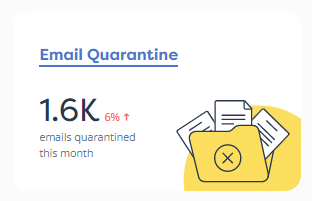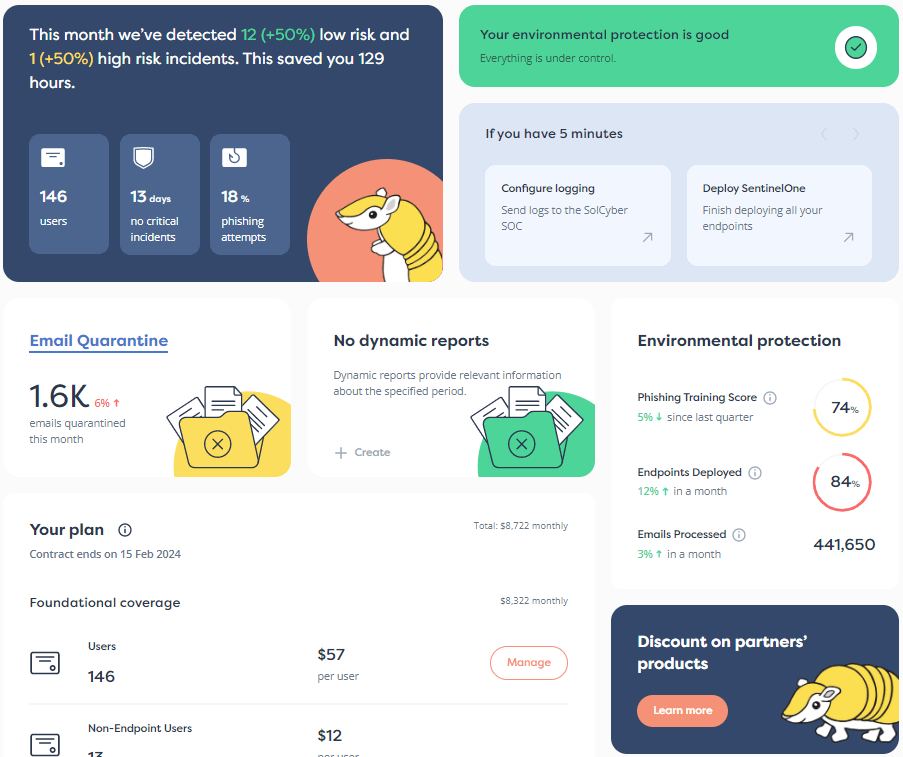

Apple’s latest round of updates are out, covering almost all supported products and operating system versions, including:
The good news, in contrast to the recent emergency updates for macOS 15 and iOS 18 that came out three weeks ago, is that none of the listed bugs are tagged as zero-days, the name given to security holes that are found and exploited by attackers before patches are available.
(The name zero-day, often abbreviated just as 0-day, is a reminder that there were zero days on which even the most determined sysadmin could have patched proactively.)
It’s a good job that all these holes were disclosed responsibly and fixed proactively, because there are numerous interestingly worrying bugs amongst them.
Here’s an eclectic list:
CVE-2025-30428
Photos on a mobile device accessible from the lock screen.
CVE-2025-30438
Ability for a rogue app to start recording invisibly on a locked phone by suppressing any warning notifications.
CVE-2025-31183
CVE-2025-24217
CVE-2025-24214
CVE-2025-24205
CVE-2025-24198
Abuse of Siri to get access to sensitive information.
CVE-2025-30425
Ability for a rogue website to track your browsing even in Safari’s private mode.
CVE-2025-24113
CVE-2025-30467
Ability for a rogue website to trick Safari into displaying incorrect data. This could allow a malicious web page to present a legitimate site name in the address bar, or to trick you into clicking on the wrong choice in a menu or dialog.
CVE-2025-24221
Leakage of sensitive keychain data (Apple’s core password management system) into iOS backups.
CVE-2025-30456
Ability for a rogue app to acquire root-level (superuser or system administrator) access. On macOS, root access is supposed to be restricted to users who know the root password. On iOS/iPadOS, root access should be strictly limited to Apple’s operating system processes.
CVE-2025-24257
Ability for a rogue app to modify kernel memory. Because the kernel controls all access permissions in the system, including those of the root account, getting control over the kernel effectively overrides system security entirely, opening the door to jailbreaks and full-blown spyware.
CVE-2025-30428
Photos in the Hidden Photos Album accessible without authentication. Even on an unlocked device, Hidden Photos are supposed to be just that: hidden entirely until the lock code is entered again.
As you can see, even built-in system apps and security features may fail to protect you from other people, apps or websites that misbehave, whether they go rogue by accident or on purpose.
Learn more about our mobile security solution that goes beyond traditional MDM (mobile device management) software, and offers active on-device protection that’s more like the EDR (endpoint detection and response) tools you are used to on laptops, desktops and servers:
Paul Ducklin is a respected expert with more than 30 years of experience as a programmer, reverser, researcher and educator in the cybersecurity industry. Duck, as he is known, is also a globally respected writer, presenter and podcaster with an unmatched knack for explaining even the most complex technical issues in plain English. Read, learn, enjoy!


By subscribing you agree to our Privacy Policy and provide consent to receive updates from our company.






